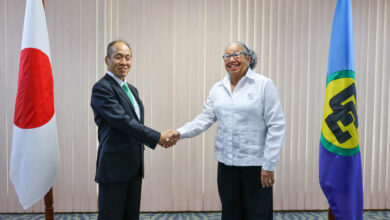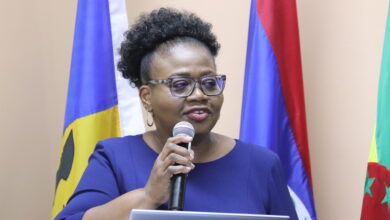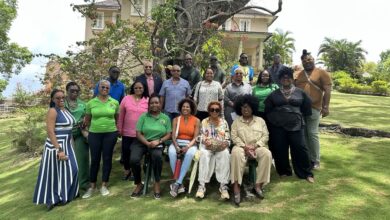The Caribbean Festival of Arts (CARIFESTA) is an exhibition of the diverse cultures of the countries and islands that are washed by the Caribbean Sea.
This Festival is a progeny of several initiatives that were aimed at stimulating regional integration. The celebration of Caribbean arts hosted by Puerto Rico in 1952, the 1958 British West Indian Federation and the Caribbean Free Trade Area (CARIFTA) of 1965, were all precursors to the roving, multidisciplinary, mega exposition of Caribbean cultures.
It should not go unnoticed that the earliest festival which exhibited the Caribbean way of life was held in the unincorporated American territory, Puerto Rico. Very often when reference is made to the Caribbean, ideas of the British West Indian territories obscure the fact that this hemisphere is made up of a rich array of cultures and people from geopolitical backgrounds including the English, French, Dutch, and Spanish.
Historical symbolism
While each Caribbean state brings its own uniqueness to this melting pot of civilisation, the migration of the indigenous people here, slavery and colonialism belong to all of our pasts.

Against this historic backdrop, CARIFESTA should not be viewed as a grand one-off fete, but as a commemoration of the extraordinary survival of a people and their way of life through the dehumanising systems of imperialism.
Colonisation, in particular, played a significant role in the evolution of the Caribbean culture. Many of the practices that now signify our way of life were created through assimilation of imperial structures, infused with residual strains of ancestral traditions of the peoples who were transplanted to this Region.
The region’s writers have long meditated on the Caribbean’s fragmented identity. In his Nobel Prize acceptance speech in 1992, Saint Lucian-born Derek Walcott described the residues of ancestral tradition in the Caribbean culture as “partially remembered customs…memory that yearns to join the centre, a limb remembering the body from which it has been severed.”
This theme of fragmentation of the Caribbean psych was further explored by Trinidadian writer V.S. Naipaul in his Novel `The Mimic Men’. His main character, Ralph Singh, is a microcosm of the displaced and disillusioned colonised Caribbean, which struggles to reconstruct its identity to get rid of the crippling sense of fragmentation in the post-colonial era.
According to Barbadian-born, George Lamming, in the introduction to his novel `In the Castle of My Skin’, British colonialism created a fragmented society, one that was torn between the desire to emulate the “mother” country and the need to establish an independent existence. He described this dichotomy as a “deep split in its sensibility which now raises difficult problems of language and values.”
While the foregoing suggests that slavery and colonialism have tremendously affected the Caribbean’s prospects of establishing a sense of belonging and identity in the post-colonial era, they have inadvertently added much significance to CARIFESTA, establishing a basis for it to be seen as a celebration of the restoration of our fragmented histories and an assertion of our distinctiveness.
Literature’s link to CARIFESTA is inseparable,and has been an important component of the festival’s activities from the very inception. Not only has it been a vehicle for cultural transmission, but Caribbean authors such as Walcott, Martin Carter, Wilson Harris, George Lamming, V.S. Naipaul, David Dabydeen Jean Rhys, among others, have been at the forefront of stoking the cultural sensibilities of the Caribbean.






